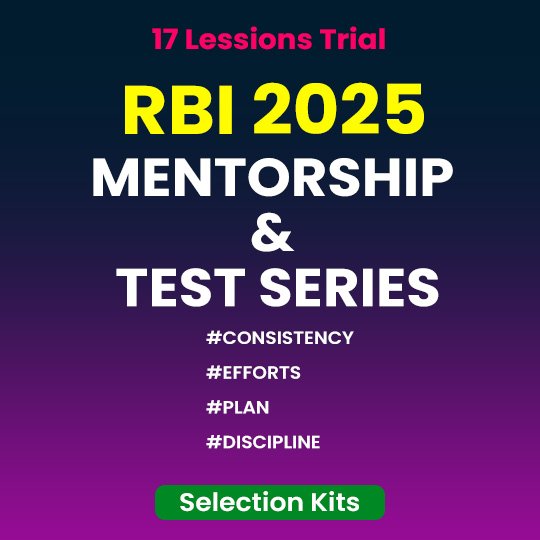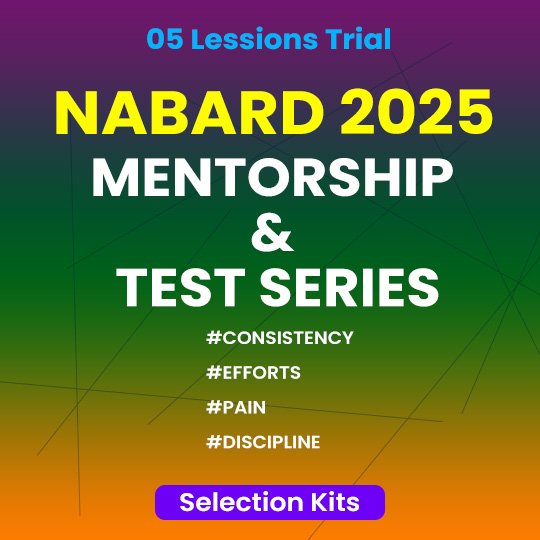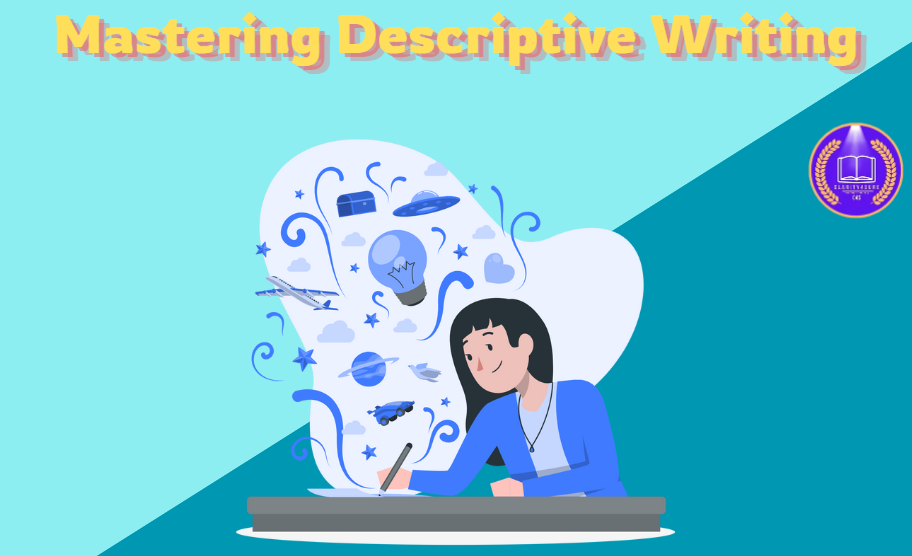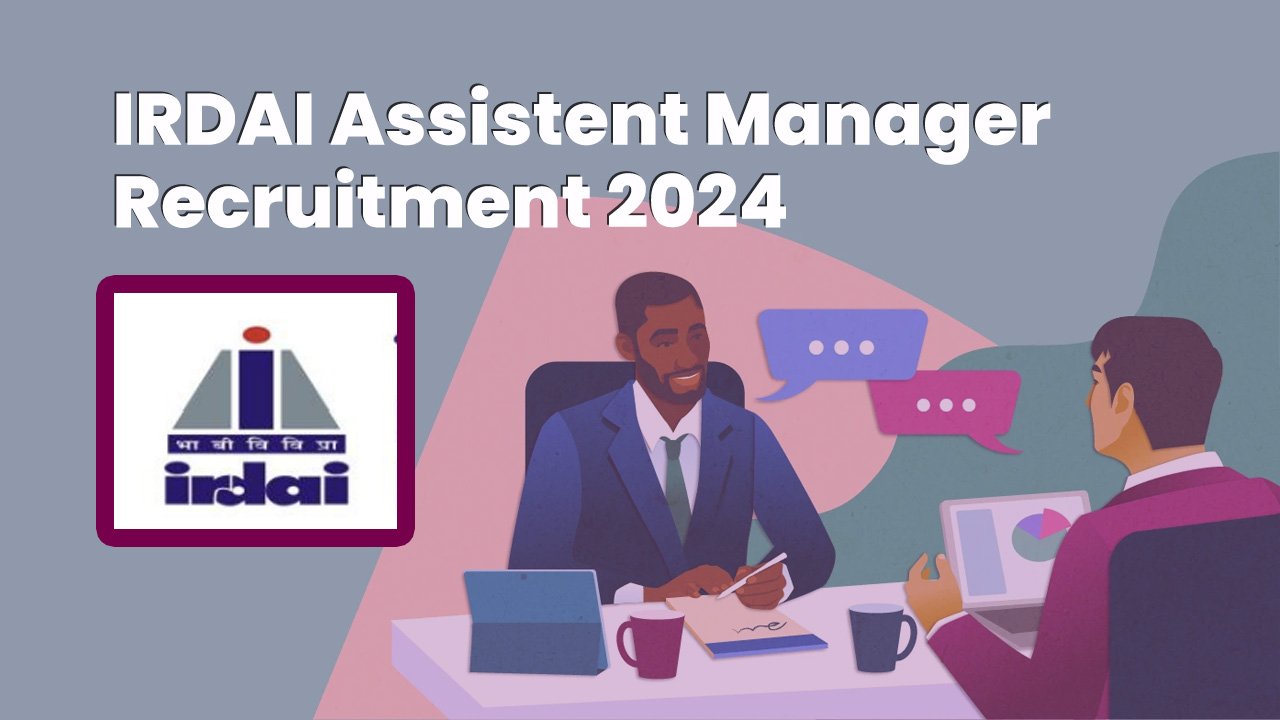Introduction
The IRDAI Phase 2 Economic and Social Issues (ESI) Analysis plays a crucial role in understanding the evolving landscape of the insurance sector. This phase examines key economic trends, regulatory developments, and social factors impacting insurance penetration and financial stability.
In recent years, insurance accessibility, digital transformation, and sustainability have become focal points for policymakers and industry leaders. The Phase 2 analysis deal into topics such as deposit crunches, risk-based capital frameworks, and India’s transition towards a sustainable economy, providing insights into how these factors shape the insurance industry.
In this blog, we dive into previous years’ questions—especially from 2017 to 2024—to uncover trends, frequently asked themes, and strategic insights that can help candidates prepare effectively for this crucial section.
Whether it’s Direct Benefit Transfer (DBT), FDI in insurance, or digital platforms like BimaSugam, the ESI paper reflects the evolving economic priorities of the nation and their intersection with financial protection.
Importance of Analyzing Previous Year Questions (PYQs)
Examining PYQs plays a crucial role in effective exam preparation, offering valuable insights that enhance your study strategy.
1. Identifying Exam Trends
- Recognize frequently occurring concepts and important subject areas.
- Understand question patterns and variations over the years.
- Pinpoint high-priority topics that require focused preparation.
2. Mastering Time Management
- Determine the time required to solve different types of questions efficiently.

- Develop a strategy to complete the exam within the given timeframe.
- Boost speed and accuracy through regular timed practice tests.
3. Tracking Performance and Self-Assessment
- Assess your strengths and weaknesses across different sections.
- Identify challenging areas that need additional practice.
- Monitor progress and refine study plans accordingly.
4. Understanding the Examiner’s Approach
- Gain insight into whether the exam favors conceptual or factual questions.
- Analyze case-study-based questions to enhance problem-solving skills.
- Learn the balance between theoretical knowledge and practical application.
5. Building Exam Confidence
- Familiarity with PYQs reduces uncertainty and exam-related stress.
- Strengthens ability to tackle complex or tricky questions.
- Improves critical thinking under pressure.
6. Developing an Effective Revision Strategy
- PYQs serve as ready-made practice sets for efficient revision.
- Helps prioritize high-yield topics for last-minute study sessions.
- Reinforces concepts by applying them in real exam-style scenarios.
Integrating PYQs into your study routine is a powerful strategy for boosting preparation, refining test-taking skills, and increasing your chances of success in the IRDAI Grade A exam. Consistent practice and analysis can make a significant difference in your performance!
Exam Pattern & Syllabus
Phase II: Mains Examination
The IRDAI Assistant Manager Mains Exam is conducted in an offline, pen-and-paper format, requiring candidates to demonstrate strong descriptive writing skills. The exam consists of three papers, each carrying 100 marks, summing up to a total of 300 marks. The entire examination lasts for 180 minutes, with 60 minutes allotted per paper.

Paper II – Economic and Social issues impacting insurance Syllabus
a) Economic Growth, business cycles and insurance penetration, impact of age structure on economy, application of utility theory to insurance premium setting, macroeconomic factors including catastrophes and pandemics that may impact insurers and insurance markets;
b) Financial markets, Financial Institutions and financial services integration and risks arising from interconnectedness; systemic risk and concentration risk;
c) Economic capital and risk based capital requirements, economic impact of risk transfer arrangements including reinsurance, contribution of Insurance sector to sustainable and responsible development of economy, Insurance Investments in Infrastructure sector;
d) Economic reforms in India leading to Insurance sector reforms, Insurance regulation – financial and market conduct regulations, functions of IRDAI, role of an Actuary, de-tariffing in India, motor business and Indian experience, changing Insurance Regulations/Laws and FSLRC;
e) Social structure in India, Insurance in rural and social sectors and obligations of Insurers thereto, Indian Micro-Insurance experience, Social security laws and implementation thereof. RSBY – Health insurance scheme for Below Poverty Line (BPL) families.
ESI PYQ (2024, 2023, 2017)
IRDAI Grade A 2024 – Phase 2 – (Recollected Questions)
Q1. Answer any three questions out of the five given below in around 300 words each (3 × 24 = 72 Marks)
A. What are the initiatives aimed at achieving last-mile connectivity in the insurance sector?
B. Discuss the impact of deposit crunches on the insurance sector.
C. What are the advantages and disadvantages of technology adoption in the insurance sector?
D. Explain the concept of Risk-Based Capital and its implementation and supervision in the insurance industry.
E. How is India transitioning towards a sustainable economy?
Q2. Answer any four questions out of the five given below in around 100 words each(4 × 7 = 28 Marks)
A. What is PM VayaVandanaYojana, and what are its key features?
B. Explain the concept of Central Bank Digital Currency (CBDC) and its relevance in the current financial system.
C. Discuss Sovereign Green Bonds and their usefulness in the insurance sector.
D. What are the techniques for loss minimization and reduction in the insurance industry?
E. Explain the role of actuaries in the insurance sector and their importance in risk management.
IRDAI Grade A 2023 – Phase 2 – (Recollected Questions)
Q1. Answer any three questions out of the five given below in around 300 words each (3 × 24 = 72 Marks)
- With reference to Pradhan MantriFasalBimaYojana, highlight the main objectives and issues related to this scheme.
- Ayushman Bharat scheme was established to provide affordable and accessible healthcare to families. Discuss the benefits and challenges faced under this scheme.
- Suppose an insurance company A is a leader in providing life and health insurance products in country X. Country X has recently experienced a significant decline in young population. This has impacted the insurance company A.Discuss the impact of various age structures on the insurance industry.
- The COVID-19 pandemic significantly disrupted global economies and all industries.Explain the positive and negative impact of COVID-19 on the insurance sector.
- Discuss what is the principle of utmost good faith and the principle of indemnity.
Part 2-7 marks.
- Discuss the functions of underwriting in Insurance.
- Highlight the importance of FDI (Foreign Direct Investment) in Insurance.
- BimaSugam is an online marketplace.
Explain in brief how customers will benefit from this marketplace. - Discuss the role of Banks and Brokers in Insurance distribution.
IRDAI Grade A 2017 – Phase 2 – (Recollected Questions)
Q1. Answer any three questions out of the five given below in around 300 words each (3 × 24 = 72 Marks)
a) Recently, the Government of India highlighted the success of the Direct Benefit Scheme. Discuss the main objectives of this scheme and the key enabler – JAM – for an efficacious implementation of DBT.
b) Evaluate the social and economic impact of the Make in India movement. What are the challenges faced under this movement?
c) What is GST? Compare it with the earlier tax regime with respect to any two of the following stakeholders:
- Government
- Tax authorities
- Traders
- Corporates
- Customers
d) Atal Pension Yojana scheme was designed to encourage savings for retirement. Discuss in detail the key features of the Atal Pension Yojana and the role pensions play in an individual’s life.
e) What tax benefits do different pension and insurance schemes offer? How can these benefits enhance financial planning?
Part 2-7 marks. Write answer in 100 Words
a) Explain in brief the major highlights and objectives of Pradhan MantriFasalBimaYojana (PMFBY).
b) Inflation is not good for the country; how can the monetary policy decision tackle the inflationary period?
c) What are the components of household savings and discuss the contribution of insurance in household savings?
d) What is the role of small finance banks in financial inclusion?
e) Explain the role of marine insurance in boosting trade and commerce.
Topic-Wise PYQ Mapping with Syllabus:
| Syllabus Topic | PYQs | Years Asked |
| Age structure impact | Declining young population & insurance | 2023 |
| Risk-based capital | Risk-based capital: concept & supervision | 2024 |
| Insurance regulation | Role of IRDAI, Underwriting, Brokers | 2023, 2024 |
| Insurance for social sector | PMFBY, PMVVY, APY, Ayushman Bharat | 2017, 2023, 2024 |
| Sustainable development | Green bonds, sustainable economy | 2024 |
| Financial market linkage | Deposit crunches & insurance | 2024 |
| Catastrophes & pandemics | COVID-19 impact on insurance | 2023 |
| Utility theory (premium pricing) | Implicit in pricing discussions | Not directly asked yet |
| Tech in Insurance | BimaSugam, Technology adoption | 2023, 2024 |
| Household savings | Components & role of insurance | 2017 |
Weightage of Topics in Past Exams

Topic-Wise Distribution of Questions (2023 vs 2024)
Key Observation: In 2024, questions were more distributed across regulatory and developmental aspects, while 2023 leaned slightly toward macro-level and policy-oriented questions.
Difficulty Level of ESI Impacting Insurance
The section has maintained a Moderate difficulty level across both years, with a mix of conceptual and current affairs-based questions.
| Level | 2024 | 2023 |
| Total | 10 | 11 |
| Easy | 1 | 2 |
| Moderate | 6 | 6 |
| Difficult | 3 | 3 |
Insight: Questions tend to focus on policy implications, IRDAI insights, and sectoral growth trends, requiring a blend of static knowledge and current awareness.
Important Topics for 2025 IRDAI Phase 2 – ESI Impacting Insurance
Success in this section depends on your understanding of how economic and social policies impact the insurance ecosystem in India.
High-Priority Topics
- Insurance Penetration and Financial Inclusion
- Economic Impact of Risk Transfer Mechanisms
- Highlights of the Latest IRDAI Annual Report

- Government Schemes Relevant to Insurance (PMJJBY, PMFBY, Ayushman Bharat, etc.)
- Role and Functions of IRDAI
- Insurance Sector’s Contribution to Economic Development
Moderately Important Topics
- Macroeconomic Indicators and Insurance (GDP, inflation, fiscal deficit)
- Capital Formation in Insurance
- Interlinkage Between Financial Sector Reforms and Insurance
Lesser Priority Topics
- Generic social welfare policies not directly tied to insurance unless featured in recent current affairs
- Deep-dive microeconomic theories unless linked to real insurance use cases
How to Prepare for ESI Impacting Insurance – IRDAI Assistant Manager 2025
Preparing for the IRDAI Grade A (Assistant Manager) exam requires a strategic approach—especially for the Economic and Social Issues (ESI) impacting Insurance paper. It’s not just about memorizing facts; it’s about understanding economic concepts in the context of the insurance ecosystem.
Here are key preparation strategies that can help you crack this crucial paper:
Top 5 Tips to Ace the 2025 ESI (Insurance) Paper
- Study IRDAI Annual Reports
Focus on the latest report—especially the Executive Summary, key statistics, insurance penetration data, and regulatory reforms. These insights often reflect directly in descriptive questions. - Read Economic Survey & Budget Highlights
Understand how fiscal policies and government schemes impact the insurance sector, especially in infrastructure, social security, and capital formation. - Make Topic-Wise Notes
Create concise notes on core topics: risk management, economic capital, systemic risk, insurance investment, and social insurance schemes. These come in handy for revision and answer writing. - Refer to Authoritative Sources
Use publications from RBI, NITI Aayog, PIB, and the Ministry of Finance for real-world data, case studies, and current policy perspectives—essential for writing enriched answers. - Practice Descriptive Writing
Build fluency in articulating concepts like “insurance as a development tool,” “insurance and financial inclusion,” and “risk-based capital.” Practice full-length answers and get them reviewed for feedback.
Why Analyzing PYQs is a Game-Changer
Studying Previous Year Questions (PYQs) isn’t just a revision tool—it’s your smart prep blueprint. Here’s why:

1. Focus on High-Yield Topics
PYQ trends show recurring themes. Instead of studying everything, you can target what truly matters—saving time and effort.
2. Understand Examiner’s Perspective
Familiarity with past papers reduces anxiety. You get a feel for question tone, difficulty level, and examiner expectations.
3. Boost Speed and Precision
Timed PYQ practice sharpens your writing pace and structure. You’ll master the balance between speed and content depth.
4. Evaluate & Adapt Your Strategy
PYQs act like a diagnostic tool—highlighting weak spots and helping you personalize your study plan for better results.
5. Choose Resources that Work
By matching your preparation with actual exam demands, you avoid wasting time on irrelevant study material and mock tests.
In short, PYQ analysis = strategic preparation, giving you a real edge over the competition.
Why Choose C4S for IRDAI Exam Preparation?
Clarity4Sure (C4S) offers a structured, smart, and complete solution for your IRDAI preparation.

Whether you’re starting from scratch or looking to polish your final attempt, C4S has you covered across all three phases.
Complete Coverage – From Prelims to Interview
- Phase 1: Reasoning, Quant, English, GA
- Phase 2: Descriptive English, ESI (Insurance), Insurance & Management
- Interview: Mock interviews with personalized feedback
What Makes C4S the Right Choice?
Concept-Focused Learning
- Expert-led video lectures with simple explanations
- Core concepts demystified using real-life examples
Realistic Mock Tests & Analysis
- Simulated full-length & sectional mocks
- Detailed performance insights to track your progress
Updated Current Affairs & Insurance Insights
- Daily capsules on IRDAI news, economic policy, and sector trends
- Monthly insurance digests for revision on-the-go
Descriptive Writing Mastery
- Practice essay topics with expert evaluation
- Peer review options and model answers for benchmark comparison
Smart Features for Serious Aspirants
- Adaptive Study Plans: Custom strategies to match your pace
- 24/7 Doubt Forums: Personalized mentorship by subject experts
- Interview Toolkit: Real questions, structured answers, mock drills
Frequently Asked Questions (FYQs) – ESI Paper II
1. What is the weightage and structure of ESI Paper II in Phase 2?
Answer:
Paper II carries 100 marks, with two parts:
- Part A: 3 out of 5 descriptive questions (300 words each × 24 marks = 72 marks)
- Part B: 4 out of 5 short descriptive questions (100 words each × 7 marks = 28 marks)
2. Is current affairs important for ESI or should I focus only on static concepts?
Answer:
Both are crucial. Static topics (e.g., capital adequacy, risk transfer, insurance regulation) form the foundation, but current affairs (e.g., CBDC, Sovereign Green Bonds, BimaSugam) help contextualize your answers and fetch higher marks.
3. How much insurance-specific content is expected in ESI answers?
Answer:
Always relate economic and social issues to insurance sector implications. Generic economic essays won’t score well unless clearly linked to IRDAI, insurance distribution, risk management, or regulatory frameworks.
4. Which government schemes are most relevant for this paper?
Answer:
Focus on:
- Social insurance & pensions: PMJJBY, PMVVY, APY, RSBY, Ayushman Bharat
- Agricultural schemes: PMFBY
- Economic development: DBT, JAM, Make in India, Digital India
5. Are reports like Economic Survey, IRDAI Annual Report necessary to read?
Answer:
Yes. IRDAI Annual Report (especially Executive Summary, sector data, reforms) and Economic Survey/Budget (for macro trends) provide real data and examples to enrich your answers.
6. What are the most repeated question themes based on PYQ analysis?
Answer:
- Risk-based capital
- Age structure and insurance demand
- Government schemes and their insurance link
- Technology in insurance (BimaSugam, digital tools)
- Social insurance and financial inclusion
7. How should I practice for the descriptive format?
Answer:
- Write 2–3 full-length answers weekly
- Use PYQs and model questions
- Focus on structure: Intro → Core Analysis → Insurance Relevance → Conclusion
- Time yourself (10–12 minutes per long answer)
List of Toppers from C4S Courses
Below is the list of students who have successfully cleared IRDAI 2024 and were part of our various programs:
| Sl.No. | Name of the Topper of C4S | Toppers Talk with C4S |
| 1 | Oindrila Das | Watch Success Story with C4S |
| 2 | Snehal Rawat | Watch Success Story with C4S |
| 3 | Aniruddha Anil Belkar | Watch Success Story with C4S |
| 4 | Vineet Verma | Watch Success Story with C4S |
| 5 | Himakesh Raghu Ram | Watch Success Story with C4S |
















